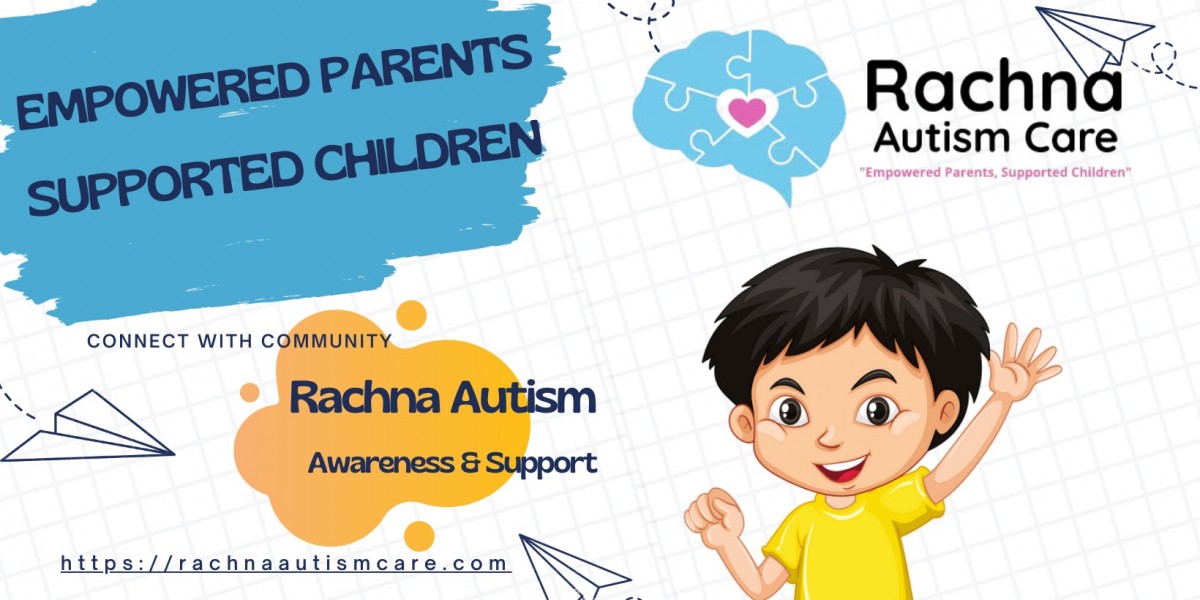Children and adults who are on the autism spectrum have to live in a world where everything is overwhelming. Bright lights, sudden noises, social demands, and constant sensory inputs create stress, anxiety, and emotional meltdowns. Though occupational therapy, speech therapy, behavioral therapies, and others are established and familiar, there is a growing interest in an organic, enabling strategy - meditation for autism.
Mindfulness and meditation techniques are now being increasingly explored by way of intervention to develop calmness, improved focus, and better emotional control in autistic people. This article will present how meditation may be of help, which techniques are believed more effective, and how parents and caregivers can integrate mindfulness into everyday life.
The Need for Mindfulness in Autism
Most often, the problems autistic individuals tend to experience:
Increased anxiety
Inability to regulate emotions
Inattention or inability to shift focus
Sensory overload
Sleep problems
Meditation for autism develops a structured way to slow things down, take a deep breath, and create space for the mind - all ingredients for living in high-velocity, unpredictable modern existence.
How Meditation Supports the Autistic Brain
Research evidence shows how mindfulness practices affect the stress and attention systems in the brain. Miles of research found that autistic people can gain:
Lowered Anxiety and Stress
Decreased cortisol levels (the body stress hormone) help manage sensory triggers associated with deep breathing and guided imagery.
Improved Concentration and Attention
Meditation encourages sustained attention, which can help in learning as well as performing everyday tasks.
Better Emotional Regulation
Mindfulness builds awareness of emotions at their onset, which allows for positive coping rather than default to reactive behaviors.
Enhanced Body Awareness
Most of the autistic children have a disconnect between mind and body. Body scans, mind awareness events, and other activities will make improvements in awareness of their bodiliness and comfort in their own skins.
Better Quality of Sleep
Calm sleep meditation would decrease tossing about and improve sleep patterns.
Good Meditation Methods for Autism
Not every piece of meditation works well for everyone-especially autistic people that may have sensitivities or can hardly sit still. The bottom line is to modify the practice to suit the most specific needs of the person. A few good examples are:
1. Guided Meditation
Individuals listen to calm instruction through audio or video guidance often coupled with natural sound or gentle music. It does indeed help maintain focus and reduce distractions.
2. Breathing Exercises
Simple techniques such as "4-4-4 breathing" (i.e. inhaling for 4 seconds, holding it for 4, exhaling for 4) may be one efficient first step into meditating for autism, especially for young children.
3. Mindful Movement
Yoga and Tai Chi are good example activities that allow movement while also encouraging focus and calmness-since many find stillness difficult.
4. Sensory-Based Meditation
Choose a special textured object, favorite scented essential oil, or an eye-catching focal point to capture the attention needed to make the process more engaging.
5. Bodily Scan
Bringing attention gently into awareness by focusing on each body part head to toe increases self-awareness and release of tension.
Tips for Parents and Caregivers
When introducing meditation for autism to a child or adult, bear in mind the following aspects:
Go Slow - Start with just a couple of minutes and extend.
Support with Visual Tools - Draw up visual schedules or cards that prepare the person for meditation time.
Choose the Right Environment - Quiet, dimly lit spaces are often most effective.
Follow Their Interests – If they love nature, use nature-themed guided meditations; if they like music, choose gentle, calming tunes.
Be Consistent – Frequent exposure even in short intervals, develop a lifetime benefit.
Addressing Common Challenges
Some autistic people might be against meditation at first-this may be because of sensory discomfort, not being able to sit still, or because they don't understand why they should be meditating in the first place. To get around this:
Let them lie instead of sit.
Combine meditation with fun activities (listening to a story while doing some breathing exercise).
Make it playful-use bubbles for breath exercises or stuffed animals for belly breathing.
Real Life Examples
Most parents of autism report that their kids show the following improvements after meditation:
Fewer meltdowns with transitions,
Increased attention duration for homework or therapies,
Better sleep and calmer mornings,
Ability to verbalize feelings instead of acting up
Teachers have also reported that short classes on mindfulness do help ground autistic students and make them ready to receive lessons.
Why Meditation Fits Well with Other Therapies
Meditation alone does not take the place of any other autism intervention. Instead, it can best be seen as an applied adjunct. Mindfulness creates the mental calmness that will enable a participant to get the most from other vocational programs: occupational therapy, speech therapy, or social skills training.
For example, a child who does breathing exercises before joining the group on developing social skills might enter the class more calmed and open to the learning that will be done in that setting.
So that's it.
Meditation for autism is a gentle and non-intruding approach for emotional balance, attention, and indeed well-being. The practice may look different for every single individual, but the end goal will be common: it will provide a safe mental place for calmness and self-awareness.
Parents and caregivers at this time bring mindfulness to everyday life for the autistic individual, providing them with a wonderful tool in which to navigate their world with more peace, clarity, and confidence.








